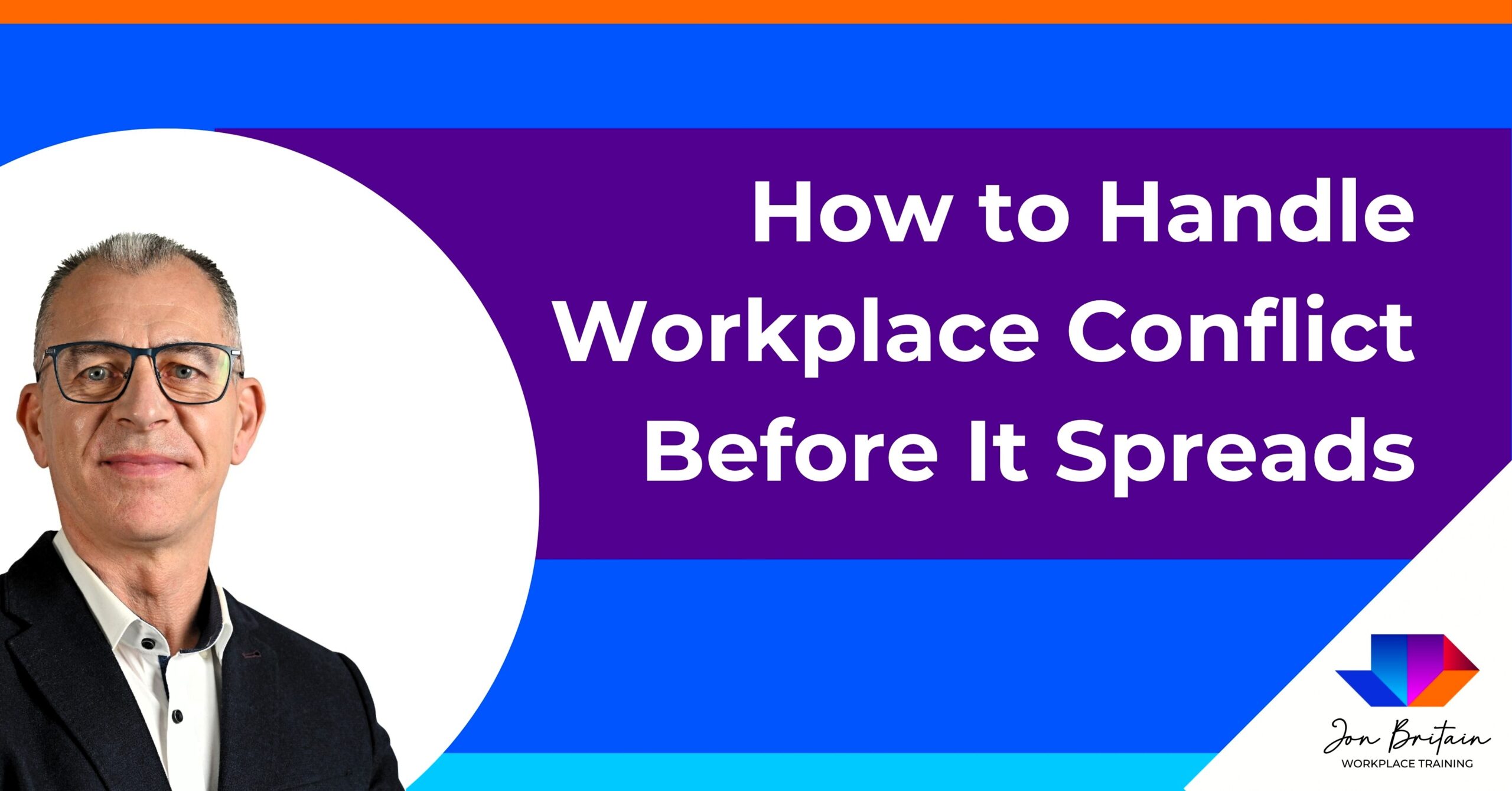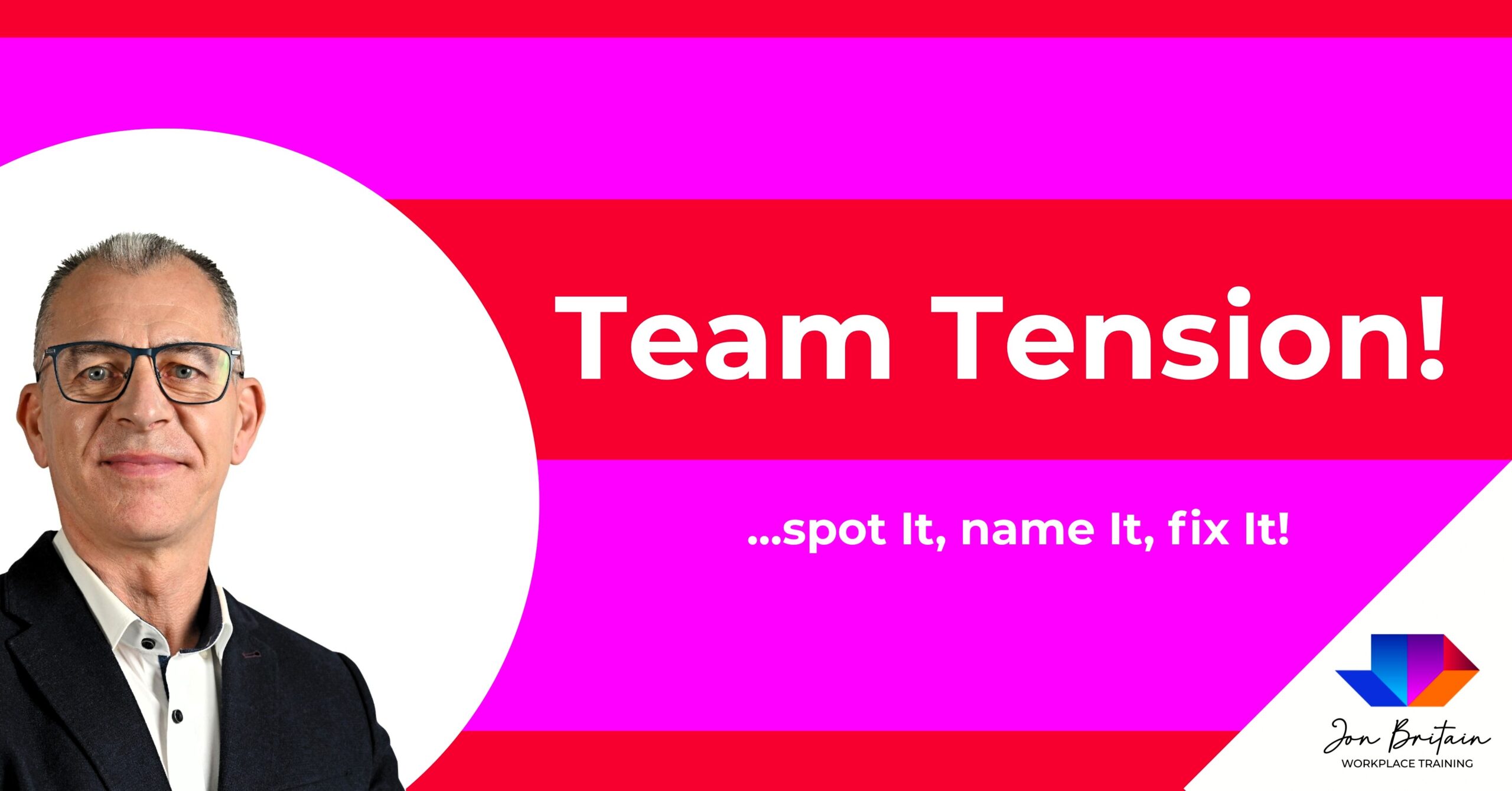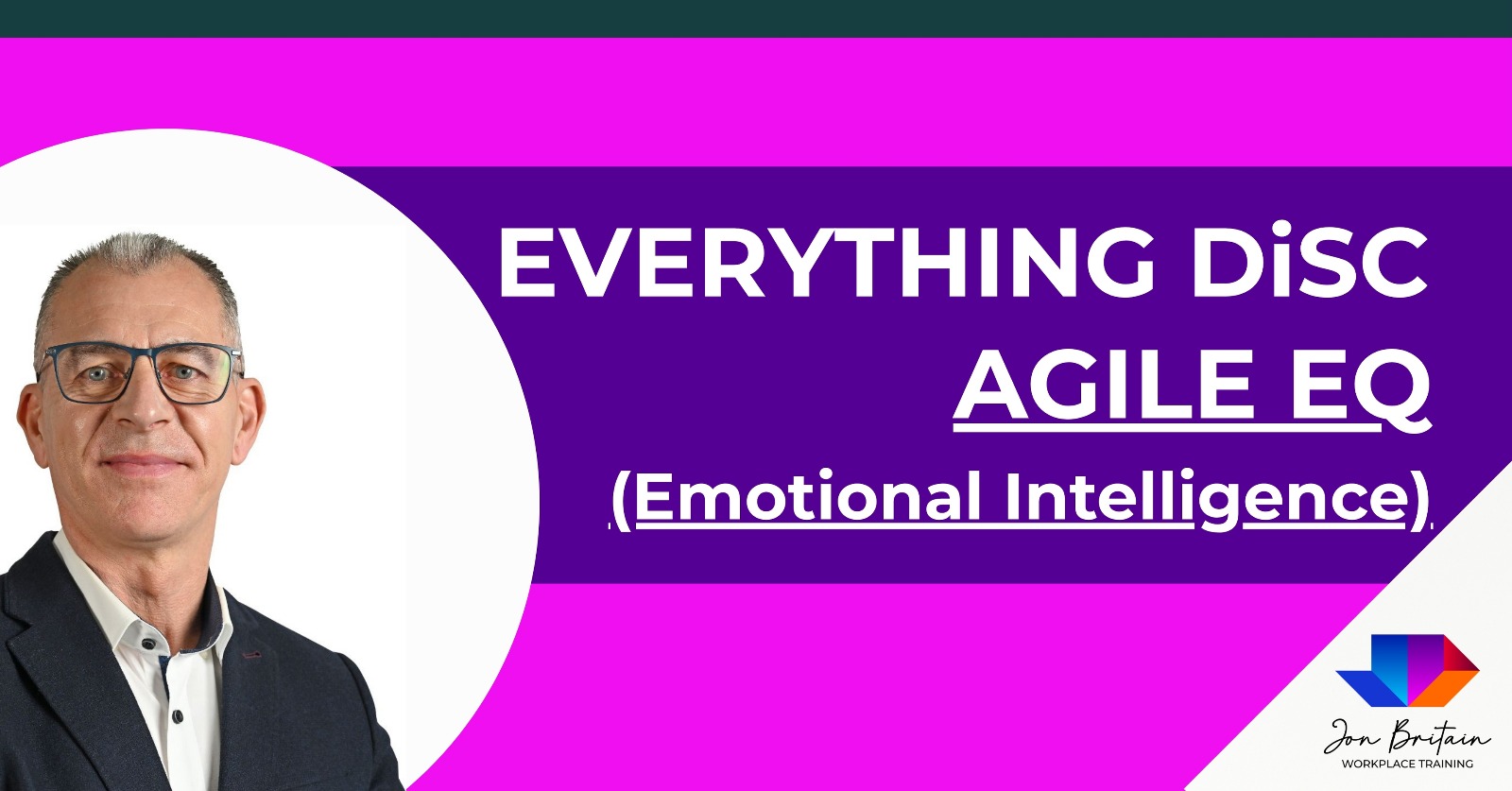Conflict is a natural part of working life. Research by CPP Inc. found that 85% of employees deal with conflict at some level, and 29% do so ‘almost constantly.’ Left unaddressed, minor misunderstandings can spiral into significant issues, affecting morale, performance, and retention.
But handled well? Conflict can be productive. It can spark innovation, deepen understanding, and strengthen team relationships.
So, how do you stop conflict from spreading and becoming toxic? One answer lies in behavioural awareness—that’s where Everything DiSC can make a real difference.
First, Why Conflict Escalates
Most workplace conflicts don’t start with huge issues. Often, they begin with:
- A poorly worded email
- A missed deadline
- Someone dominating a meeting
- A personality clash
Misinterpretation often makes things worse. We judge others by their behaviours, but interpret them through our own lens.
That’s why the same action, like being blunt or needing time to think, can be seen as efficient, rude, collaborative, or indecisive, depending on who’s looking.
How DiSC Helps You Understand the Root of Conflict
Everything DiSC is a behavioural model that helps people understand how they tend to behave and communicate—and how others may receive that. It breaks behaviour into four primary styles:
- D (Dominance): Results-focused, direct, fast-paced
- i (Influence): People-oriented, enthusiastic, expressive
- S (Steadiness): Supportive, calm, reliable
- C (Conscientiousness): Analytical, detail-focused, logical
When people understand both their own style and how others may differ, it creates space for empathy and reduces knee-jerk reactions.
Spotting Conflict Triggers in Each Style
Here’s how conflict might show up or feel frustrating to each DiSC style—and what to do instead:
D Style (Dominance):
- Triggers: Feeling micromanaged, inefficiency, lack of progress
- Solution: Be brief, focus on solutions, and avoid unnecessary process
- Try saying: “Here are the options—can we quickly decide together?”
i Style (Influence):
- Triggers: Being ignored, feeling isolated, excessive detail
- Solution: Keep energy high, allow space to contribute ideas
- Try saying: “I’d love to hear your take on this before we move forward.”
S Style (Steadiness):
- Triggers: Sudden changes, aggressive tone, lack of inclusion
- Solution: Communicate calmly, allow time to adjust
- Try saying: “I know this is a shift—let’s walk through it together.”
C Style (Conscientiousness):
- Triggers: Lack of clarity, emotional decisions, rushed deadlines
- Solution: Provide facts, logic, and time to process
- Try saying: “I’ve outlined the data—happy to give you time to review.”
Conflict Doesn’t Go Away on Its Own
Many managers hope that conflict will “sort itself out.” Unfortunately, it often gets worse.
Instead, take proactive steps like:
- Name it early. Address issues before they snowball. Use neutral language:
‘I’ve noticed some tension lately. Can we talk it through?’ - Focus on intent vs. impact. Ask each person:
‘What were you trying to achieve?’ vs. “How did that land for you?’ - Use DiSC language as a bridge. Help each party understand the other’s style and needs. This removes personal blame and builds empathy.
- Coach, don’t referee. Don’t take sides—facilitate the conversation. Ask open questions and let people talk it out with structure.
- Follow up. Conflict resolution isn’t a one-and-done. Check in to make sure things are improving and that agreements are holding.
Want Help Handling Conflict in Your Team?
You don’t need to figure it all out alone. Join me for a free 30-minute conversation where I’ll walk you through:
- The biggest conflict pitfalls (and how to avoid them)
- How DiSC can transform tricky conversations
- A step-by-step framework for resolving team tensions
- Live Q&A to answer your real-life scenarios
Whether managing a small team or leading a department, learning to handle conflict effectively is one of the most valuable skills you can develop—and DiSC gives you the language and tools to do it confidently.
Download the Guide to ‘How to Handle Workplace Conflict Before It Spreads’




